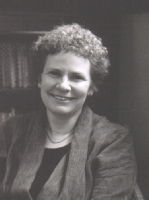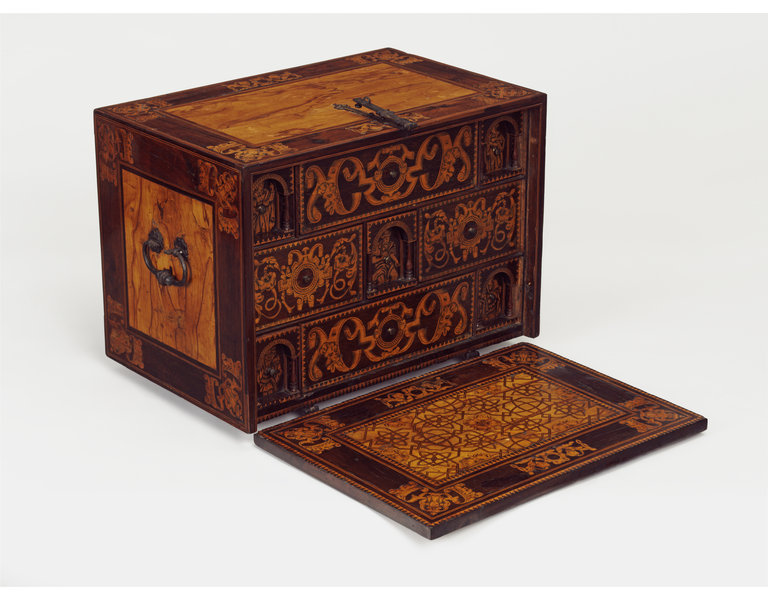V&A Salon 1
Published 1 February 2019 - Maxine Berg
Trade and Exploration: Global Microhistory in 'The Globe' at the V&A
The AHRC Network: A New Global Microhistory Pathway (Warwick, Oxford, EUI and V&A) held the first of three late evening public discussions in ‘The Globe’ at the V&A on Friday 19 October 2018. Organised by professor Maxine Berg, this event brought together a new generation of historians and curators to articipate in a public discussion of the microhistories and material cultures that objects, from treasure chests to tea sets, in the Europe Gallery open; objects that convey Europe’s wide global connections.
The first of three ‘Salon’ sessions, the aim of this collaboration is to develop ways of addressing ‘the global’ that go well beyond academic history writing. Connecting and embedding the global and the micro can show us how close archival research on specific events and peoples works closely in parallel with the object-based work of museums. Direct discussion with museum practitioners in the public space of the museum during opening hours furthermore engages an active public responding to the object displays of the Gallery.
Salons facilitate non-hierarchical discussion in a museum space, are open to the general public, and outside the formal academic structures of the University and Conference venues. Academic researchers and museum practitioners have the opportunity of dialogue and debate in opening pathways to new methodologies and concepts in historical writing and presentation. It is hoped that a functioning Salon discussion set within the object displays of the Europe 1600-1815 Gallery will engage public audiences and participants in the dynamic of newly developing historical discourses connected with the types of objects in the Gallery.
After a reception in the V&A Cafe, the session on Friday 19 October began with a guided tour of the Europe 1600-1815 Gallery, introduced by V&A curator Joanna Norman and expertly led by Dr Helen Clifford. Our exploration of global objects took us past an eighteenth-century wooden cabinet from Oaxaca, Mexico (museum number 343:1 to 11-1866); a porcelain coffee pot from Jingdezhen displaying European mythical figures (C.71:1, 2-1963); a late seventeenth-century fan leaf displaying a China shop as imagined by its Dutch maker (P.35-1926); a sixteenth-century Japanese lacquer coffer made for the European market (FE.33-1983); Willem Schellinks' mid-seventeenth century painting of the Mughal emperor Shah Jahan and his four warring sons (IS.30-1892); a beautiful silk damast banyan woven in China for European buyers (T.31-2012); and finally an extraordinary early nineteenth-century ornate steel fire place produced in Tula, Russia, at the Imperial Arms Factory (M.49-1953). If most of the other objects told a story of Asian artistic themes and styles influencing European consumption patterns, this final stop on our tour was a manifestation of the exportation of western European taste.
Following this rich and stimulating exploration of hybrid objects testifying to early modern global connectedness, we convened in the ‘Globe’ space in the Gallery for wider discussion of the methodologies of global microhistory and how we might integrate the study of objects in the Gallery. We had a lively discussion among a mixed group of early career researchers, curators, and more established academics from institutions ranging from St. Andrews and Edinburgh to the V&A, Warwick and Oxford.
A recording of the 'Globe' discussion can be listened to here.



